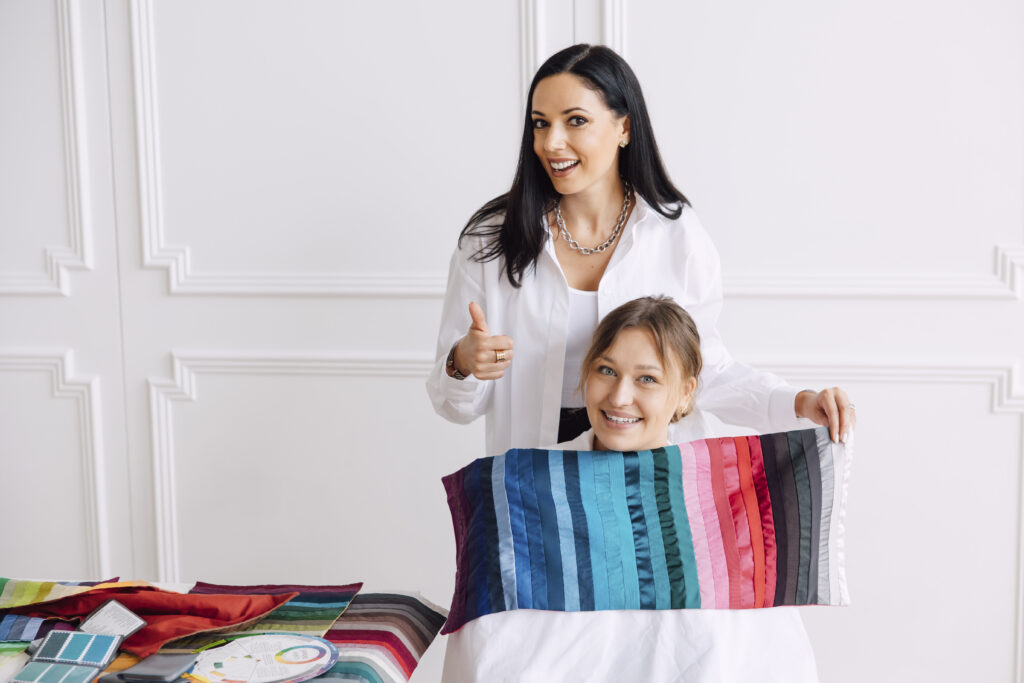With the rise of color analysis, social media is overflowing with DIY methods to determine your color season. From TikTok filters to Pinterest boards and blog posts, there’s no shortage of creative ways people attempt to analyze themselves.
And while I love the growing interest in color analysis—because let’s be honest, it deserves the spotlight—there’s just one problem: self-analysis often leads to confusion, not clarity.
Many people spend hours trying to figure out their season, only to end up spinning in circles. Why? Because self-analysis is insufficient, inaccurate, and full of bias.
Let’s break it down.

The biggest issue? You can’t look at yourself objectively.
We all have color preferences, emotional attachments to clothing, and a wardrobe that doesn’t necessarily reflect what actually suits us. When you try to self-analyze, you’ll likely:
Sound familiar?
Even if you study color theory, that knowledge alone only gives you about 5% of what you need. The rest? It comes from trained eyes, professional tools, and—most importantly—draping.
Because color analysis isn’t about what you think you see—it’s about how color actually reflects on your face: how it interacts with your skin, eyes, undertone, and natural contrast. That’s something no filter, chart, or best friend’s opinion can determine for you.
Professionals don’t guess. We DRAPE.
A real color analysis involves:
✅ A proven system and methodology
✅ Physical draping with calibrated fabrics
✅ Expert tools and precise color palettes
And most importantly, a trained professional who has analyzed thousands of faces and understands objective observation—without bias.
At this point in my career, I’ve worked with so many unique individuals, and just when I think I’ve seen it all, I’m still surprised. Because while color analysis follows a system, there are always exceptions. The “by-the-book” approach simply doesn’t work.

Here’s a fun behind-the-scenes story: When I took my first online color analysis course, there were no drapes, no in-person training—just written seasonal descriptions.
My homework? “Analyze” my friends using those generic descriptions.
Spoiler alert: I got every. single. one. wrong.
Later, when I pursued in-person mastery certification and started using real drapes, I re-analyzed them—and I laughed at my old homework. Not even close.
That experience was humbling, and it’s exactly why I’m so confident in saying that DIY color analysis just does not work.
Imagine you’re planning a vacation. You want to visit another country.
Do you:
Trying to figure out your color season on your own is like choosing Option A.
Fun in theory. A disaster in reality.
A Professional Color Analysis is your first-class ticket to effortless style.
So why guess—when you can know?
With love, Julia
Subscribe now and get 5% off your first order, plus access to expert styling tips, personalized color insights, and exclusive updates.



